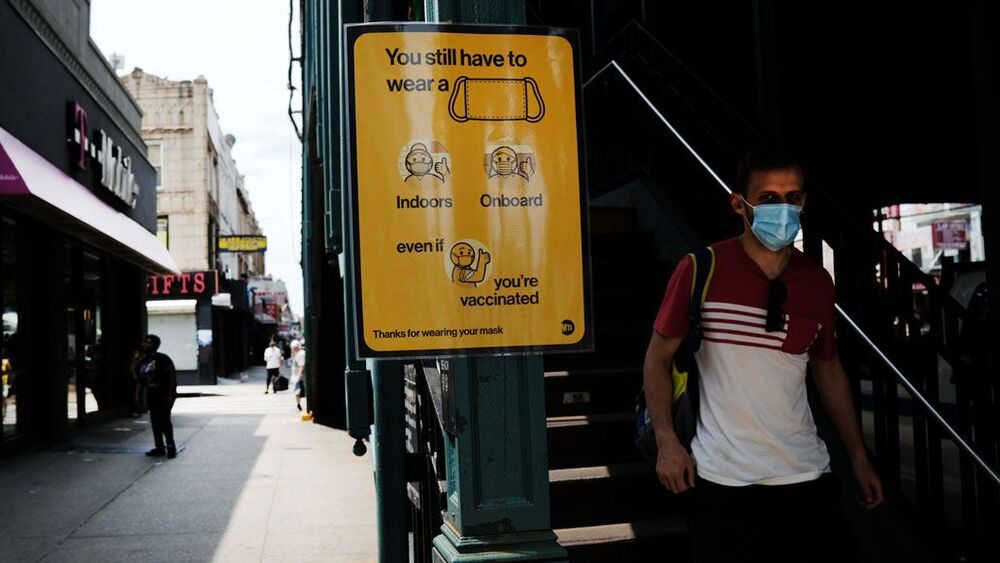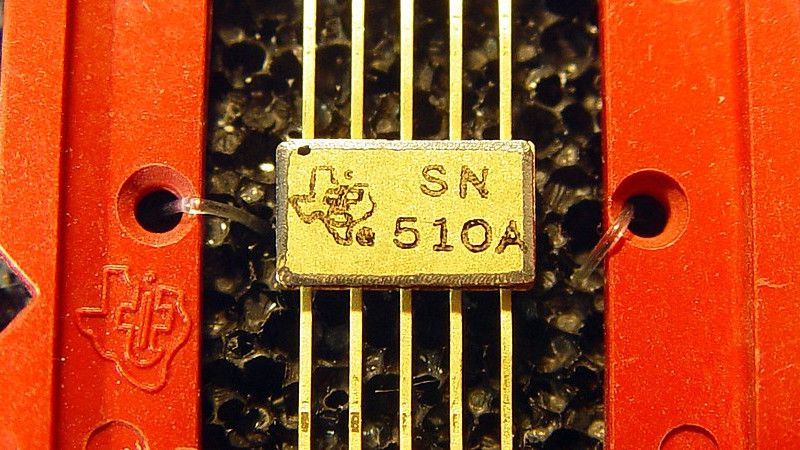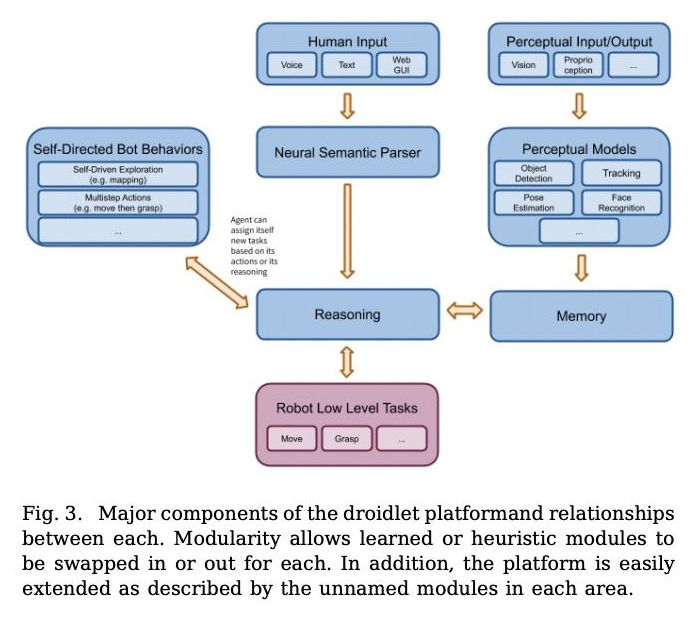#canada.
#pandemic
The coronavirus’s delta variant is different from earlier strains of the virus in worrying ways, health officials are discovering.

Up, up, and away.
Launching satellites is an expensive business — at least for now. But satellites are necessary in astronomy for one major reason — they get telescopes above the atmosphere.
Launching satellites is an expensive business – at least for now. But satellites are necessary in astronomy for getting telescopes above the atmosphere.

The monumental entrance gate of the Zeus Temple’s sanctuary in the ancient city of Aizanoi, located in the Çavdarhisar district of western Kütahya province, Turkey, was unearthed during recent excavations.
Excavations are being carried out by the Kütahya Museum Directorate in the ancient city, which was included in the UNESCO World Heritage Tentative List in 2012 and is 50 kilometers (31 miles) away from the city center. The excavation coordinator, the head of Dumlupınar University (DPU) archeology department professor Gökhan Coşkun, told Anadolu Agency (AA) that the ancient city’s history dates back to about 5000 years.
Rising life expectancy and falling birth rates mean the world’s average person is getting older. It also means they will be working a lot longer. How people cope with this reality will be vital to the global economy, and perhaps an historic opportunity to rethink the future of work.
Presented by Intuit.
#FutureOfWork #PersonalFinance #BloombergQuicktake.
——-
Like this video? Subscribe: https://www.youtube.com/Bloomberg?sub_confirmation=1
Become a Quicktake Member for exclusive perks: https://www.youtube.com/bloomberg/join.
QuickTake Originals is Bloomberg’s official premium video channel. We bring you insights and analysis from business, science, and technology experts who are shaping our future. We’re home to Hello World, Giant Leap, Storylines, and the series powering CityLab, Bloomberg Businessweek, Bloomberg Green, and much more.
Subscribe for business news, but not as you’ve known it: exclusive interviews, fascinating profiles, data-driven analysis, and the latest in tech innovation from around the world.
Visit our partner channel QuickTake News for breaking global news and insight in an instant.
NASA flies mini brains to the International Space Station to test the effects of zero gravity.
Artificially made brain organoids are developing in ways scientists didn’t think was possible. NASA flies the mini brains to the International Space Station to test the effects of zero gravity. #StemCells #Organoids #DiscoveryNews.

“I suspect the French side is wondering whether the fuel rod damage is caused by something that they can directly address by modifying the equipment design, the water chemistry around the fuel, the plant operating procedures, or maybe even the fuel fabrication process to ensure that this doesn’t happen in other plants that are based on the Taishan design,” Fishman said.
Developer could be trying to find source of fuel rod damage to alter design in the future, analyst says.

Over six decades of integrated circuit production we’ve become used to their extreme reliability and performance for a very reasonable price. But what about those first integrated circuits from the early 1960s? Commercial integrated circuits appeared in 1961, and recently Texas Instruments published a fascinating retrospective on the development of their first few digital ICs.
TI’s original IC product on the market was the SN502, a transistor flip-flop that debuted at $450 (about $4100 today), which caught the interest of NASA engineers who asked for logic functions with a higher performance level. The response was the development of the 51 series of logic chips, whose innovation included on-chip interconnects replacing the hand interconnects of the SN502. Their RCTL logic gave enough performance and reliability for NASA to use, and in late 1963 the Explorer 18 craft carried a telemetry system using the SN510 and SN514 chips into orbit. 52 and 53 series chips quickly followed, then in 1964 the 54 series TTL chips which along with their plastic-encapsulated 74 series equivalents are still available today.
Considering that in 1961 the bleeding edge of integrated circuit logic technology was a two-transistor chip with hand interconnects, it seems scarcely conceivable that by ten years later in 1971 the art had advanced to the point at which the first commercially available microprocessors would be produced. It’s unlikely that many of us will stumble upon any of the three-figure SN1-series logic chips, but to read about them is a fascinating reminder of this pivotal moment in the history of electronics.

Google uses artificial intelligence technology to find millions of buildings on the satellite map that were previously difficult to locate. These can now be used for humanitarian aid or other purposes. Google utilized its building detection model (Continental-Scale Building Detection from High Resolution Satellite Imagery) to create an Open Buildings dataset, containing locations and footprints of 516 million buildings with coverage across most African continent countries.
In this data set, there are millions of buildings that have not been discovered in the past. These newly-discovered building materials will help the outside world understand African populations and where they live, facilitating health care services such as education or vaccination to their communities.
Google’s team of developers built a training set for their building detection model by manually labeling 1.75 million buildings in 100k images to make the most accurate identification possible, even when dealing with rural or urban environments that have vastly different properties and features. The need to identify what kind of dwelling place is being captured was especially difficult during scoping missions in remote areas where natural landmarks were plentiful. At the same time, dense surroundings made it hard to differentiate between multiple structures on an aerial image at once.

Robots today have been programmed to vacuum the floor or perform a preset dance, but there is still much work to be done before they can achieve their full potential. This mainly has something to do with how robots are unable to recognize what is in their environment at a deep level and therefore cannot function properly without being told all of these details by humans. For instance, while it may seem like backup programming for when bumping into an object that would help prevent unwanted collisions from happening again, this idea isn’t actually based on understanding anything about chairs because the robot doesn’t know exactly what one is!
Facebook AI team just released Droidlet, a new platform that makes it easier for anyone to build their smart robot. It’s an open-source project explicitly designed with hobbyists and researchers in mind so you can quickly prototype your AI algorithms without having to spend countless hours coding everything from scratch.
Droidlet is a platform for building embodied agents capable of recognizing, reacting to, and navigating the world. It simplifies integrating all kinds of state-of-the-art machine learning algorithms in these systems so that users can prototype new ideas faster than ever before!
We’ve seen various vertical take-off and landing (VTOL) vehicle designs in the past. From contraptions that feature no wings to air taxis with massive propellers, there are many options to choose from when it comes to VTOLs. But this new aircraft has something unique that allows it to fold its wings and turn into a multirotor drone.